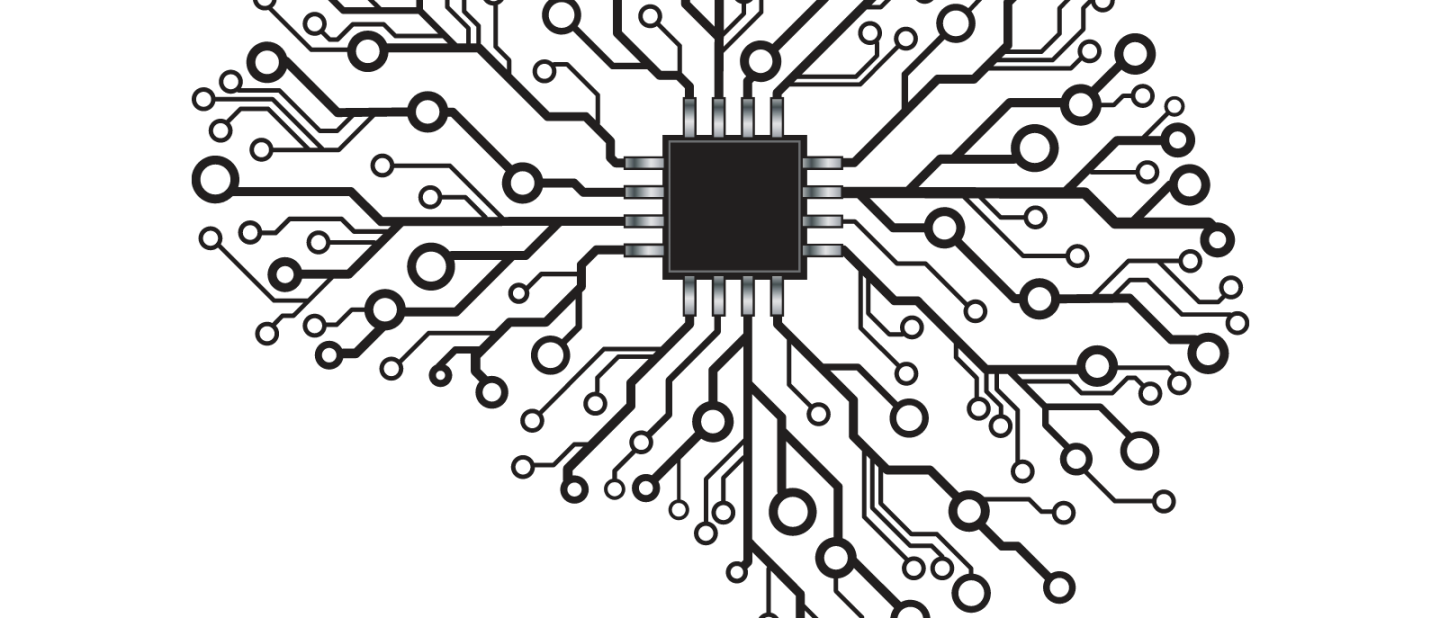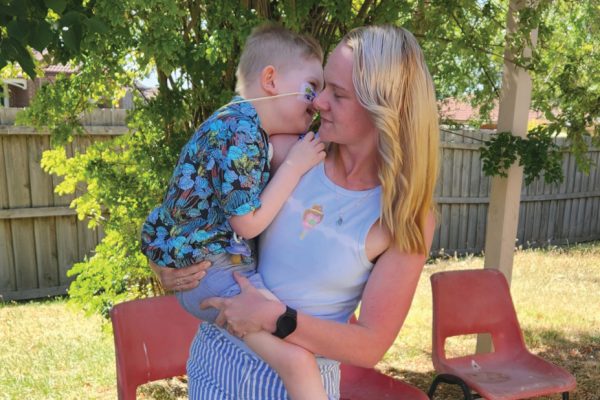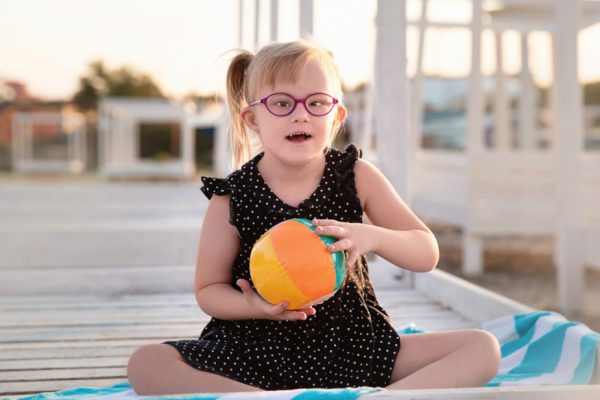
FND – the neurological disorder you’ve probably never heard of
By Julie Wright, FND Australia Support Services
FND is one of the most common reasons people seek help from a neurologist, and its debilitating symptoms are often confused with multiple sclerosis, Parkinson’s, stroke and epilepsy, says FND Australia Support Services’, Julie Wright.
For many people with functional neurological disorder, the onset can be sudden, severely disabling and terrifying.
Often mimicking a disease or disorder of the brain and central nervous system, symptoms can include limb weakness, paralysis, seizures, walking difficulties, spasms, twitching, sensory issues, cognitive problems and more.
And its onset can seemingly come from nowhere.
Whilst the symptoms may appear similar to neurological conditions such as multiple sclerosis, Parkinson’s, stroke and epilepsy, and be just as debilitating, they have a different underlying cause.
In people with FND, the basic wiring of the nervous system is generally intact and structurally normal. The problem is with how the brain/nervous system is “functioning”, and how the brain sends and receives signals/messages. This impacts on how the body responds to sensory cues and undertakes tasks such as movement control and attention.
Unfortunately, FND is not well understood by many medical professionals and often, when scans, X-rays, MRI, EEG, EMG, nerve conduction studies and blood pathology reveal no known disease or structural damage, people are often left without support, and continue to suffer a growing number of symptoms that affect their daily functioning.
FND can be diagnosed with positive signs specific to FND, but often repeat visits to the GP or Emergency department for further investigation are common until an eventual diagnosis.
FND can affect people of all ages, from young children to those in their late 80s. Clinicians have noted that, in the last few years, there are more people being diagnosed with FND, particularly young people. This may be due to increased recognition and understanding of the disorder.
WHERE TO SEEK DIAGNOSIS
Neurologists are best placed to diagnose FND using positive neurological signs specific for FND, for example, the Hoover’s sign for functional limb weakness/heaviness, the tremor entrainment test for people with tremors, and the Romberg’s sign with distraction techniques for balance problems. For people with dissociative seizures, an EEG and brain MRI will investigate for epilepsy and other causes of seizures. The FND diagnosis is not made by exclusion of other diseases, and may present alongside other neurological diseases.
TREATMENT OPTIONS
Once a diagnosis has been made, treatment and rehabilitation involves a multidisciplinary team of allied health professionals trained in FND.
The type of treatment depends on the symptoms. For movement disorders, a neuro-physiotherapist will help a person to relearn automatic movements such as walking and sit to stand, as well as learning to pace with self-care and daily living activities to manage the severe fatigue, often a core symptom of FND.
A neuro-psychologist and/or a neuro-psychiatrist can treat cognitive deficits, dissociative seizures, anxiety or panic due to FND symptoms. A speech therapist can assist with swallowing and speech difficulties. An occupational therapist works with a person to rebuild or learn new skills for daily living activities, adapting activities or supporting independent living with assistive technology.
Initial treatment can take many months to a year, with ongoing education and information on how best to self-manage symptoms. Each person’s treatment outcome is highly variable. However, studies do show that the earlier a diagnosis is made, and treatment is commenced, the better the outcome. Treatment can feel extremely slow as people relearn movements and lessen symptoms over time. Often treatment can feel like one step forward, two steps back.
WHERE TO GET SUPPORT
Founded by Dr Katherine Gill in 2017, FND Australia Support Services offers education and information, advocacy at state and federal levels, and informal peer-to-peer support through social media groups. Peer-to-peer support groups have grown exponentially from 300 in 2019 to over 3000 in 2023. In 2019, the charity developed a strong vision to assist people overcome barriers to care, and the organisation began providing occupational therapy and counselling services, along with information provision on clinical pathways and treatments.
Too often a person is diagnosed with FND but only given a Post-it note with a website to review, without any recommendations on a clinical pathway for treatment.
In some cases, a person will be told they will improve on their own in a few weeks, which rarely happens, if at all. Once diagnosed, multidisciplinary treatment is required for the best outcome.
However, education, information and care for people with FND is slowly improving, due to the upskilling of neurologists and allied health professionals.
FND Awareness Day is March 25 and this year’s focus is spotlighting young Australians with FND who show tremendous courage and resilience as our true FND warriors.
For further information on support, services and programs, education and clinical pathways for FND, please contact info@ fndaus.org.au or visit fndaus.org.au






